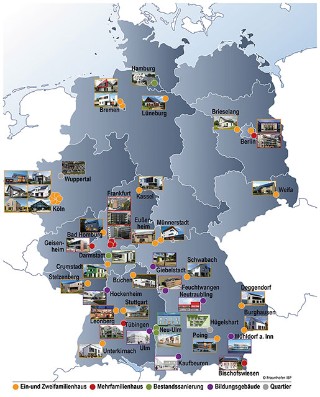
Overview map of all model projects of the "Efficiency House Plus" network.
Based on the Berlin pilot project the evaluation and dissemination of the "Efficiency House Plus standard" was set as a goal.
more info
Overview map of all model projects of the "Efficiency House Plus" network.
Based on the Berlin pilot project the evaluation and dissemination of the "Efficiency House Plus standard" was set as a goal.
more info
SEM image of a specimen with a Sol-Gel coating.
Researchers at Fraunhofer IBP are assessing the long-term effectiveness of antimicrobial finishes applied to surfaces.
more info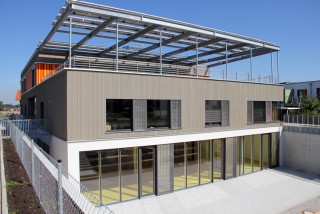
Southwest view of the Höhenkirchen day care centre.
The Höhenkirchen-Siegertsbrunn community wanted to build a children's daycare center that is particularly sustainable and generates more energy than it consumes.
more info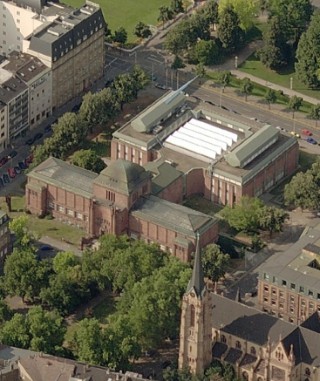
The entire complex of the Kunsthalle Mannheim (status 2015).
Fraunhofer IBP has developed an integral concept to improve Kunsthalle Mannheim’s energy efficiency.
more info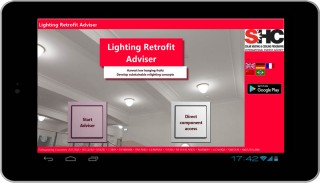
Start interface of the interactive “Lighting Retrofit Adviser” sourcebook.
IEA SHC Task 50 is a subproject of the joint project "Energetic and ergonomic optimization of new lighting systems for refurbishment and new construction".
more info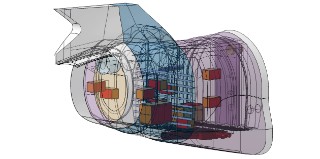
Heat loads in business jet avionics.
The aim of this project is the establishment of a simulation chain for aircraft cabin environments.
more info
Cargo area of the aircraft demonstrator in the Fraunhofer Flight Laboratory.
New, environmentally-friendly fire extinguishing agents are being tested in the cargo area of the Flight Test Facility.
more info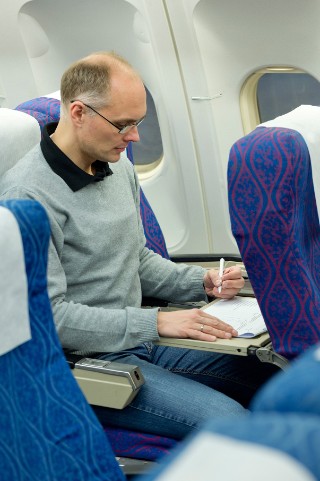
Subject in the aircraft cabin.
Subject tests in the Flight Test Facility determine the influence of air quality in the aircraft cabin on performance and well-being.
more info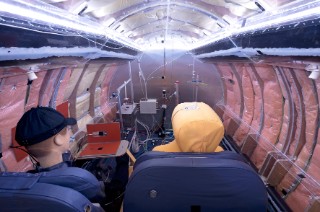
View of the business jet cabin.
In the business jet mock-up at Fraunhofer IBP's flight laboratory - the Flight Test Facility - studies on cabin comfort and comfort measurements are carried out.
more info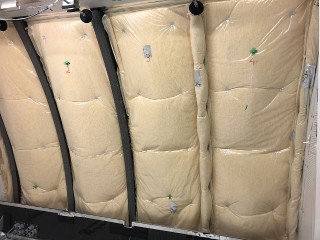
Particle foam insulation installed in the LITE chamber.
Comparison of the hygrothermal behavior of particle foam insulation with conventional glass wool insulation.
more info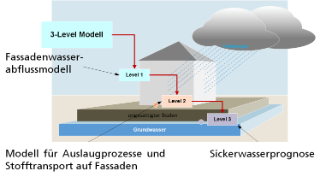
Schematic representation of the three-stage model for evaluating the environmental properties of plasters and mortars.
Development of a model to assess the environmental properties of common plasters and mortars.
more info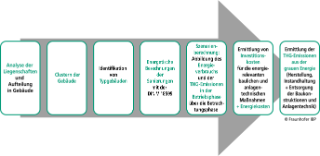
Scenario evaluation method.
Fraunhofer IBP evaluated the climate neutrality of real estate belonging to the City of Oldenburg on the basis of three renovation scenarios to achieve energy efficiency.
more info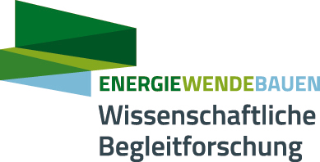
Logo of the “Energiewendebauen” scientific accompanying research initiative.
Fraunhofer IBP is a member of the scientific accompanying research team for projects associated with the “Energiewendebauen” research initiative.
more infoResearch and development highlights

Plexiglas panel structured in a “hot stamping process” to decouple LED light fed in via the edges of the panel.
New micro-optical structures direct daylight without glare into building areas remote from the façade and enable electrical lighting of workplaces close to windows through transparent façades.
more info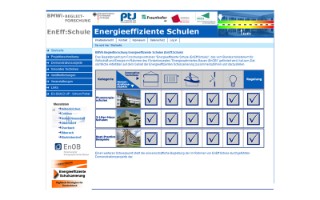
Homepage of the website “www.eneff-schule.de”
As a rule, a lot of energy is required to heat school buildings. In IBP's accompanying research project, twelve energy-efficient school buildings were evaluated.
more info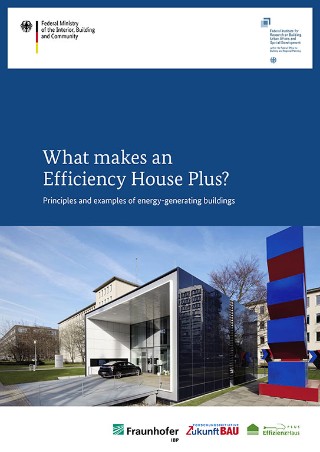
What makes an Efficiency House Plus? Principles and examples of energy-generating buildings.
Fraunhofer IBP has also drafted the definition and requirements of the Efficiency House Plus standard as part of the funding initiative.
more info
The aim of “School of the Future” is demonstrate the future energy efficient building standard from design and implementation through to evaluation.
“School of the Future” aims to demonstrate the future energy efficient building standard, from design and implementation right through to evaluation.
more infoHighlights from research and development
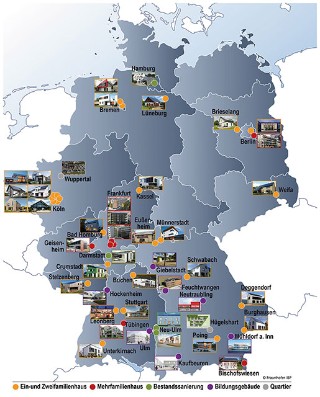
Overview of all models related to "Efficiency House Plus".
Germany's political goal is to make buildings in the country virtually climate-neutral by 2050. This can only be achieved by implementing innovative, energy-efficient building standards
more info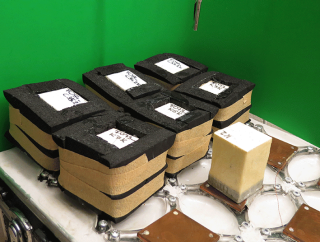
Test set-up to determine the capillary activity inside insulation materials.
Internal insulation is often the only way to improve thermal insulation in a building. One trend is towards capillary-active interior insulation.
more info